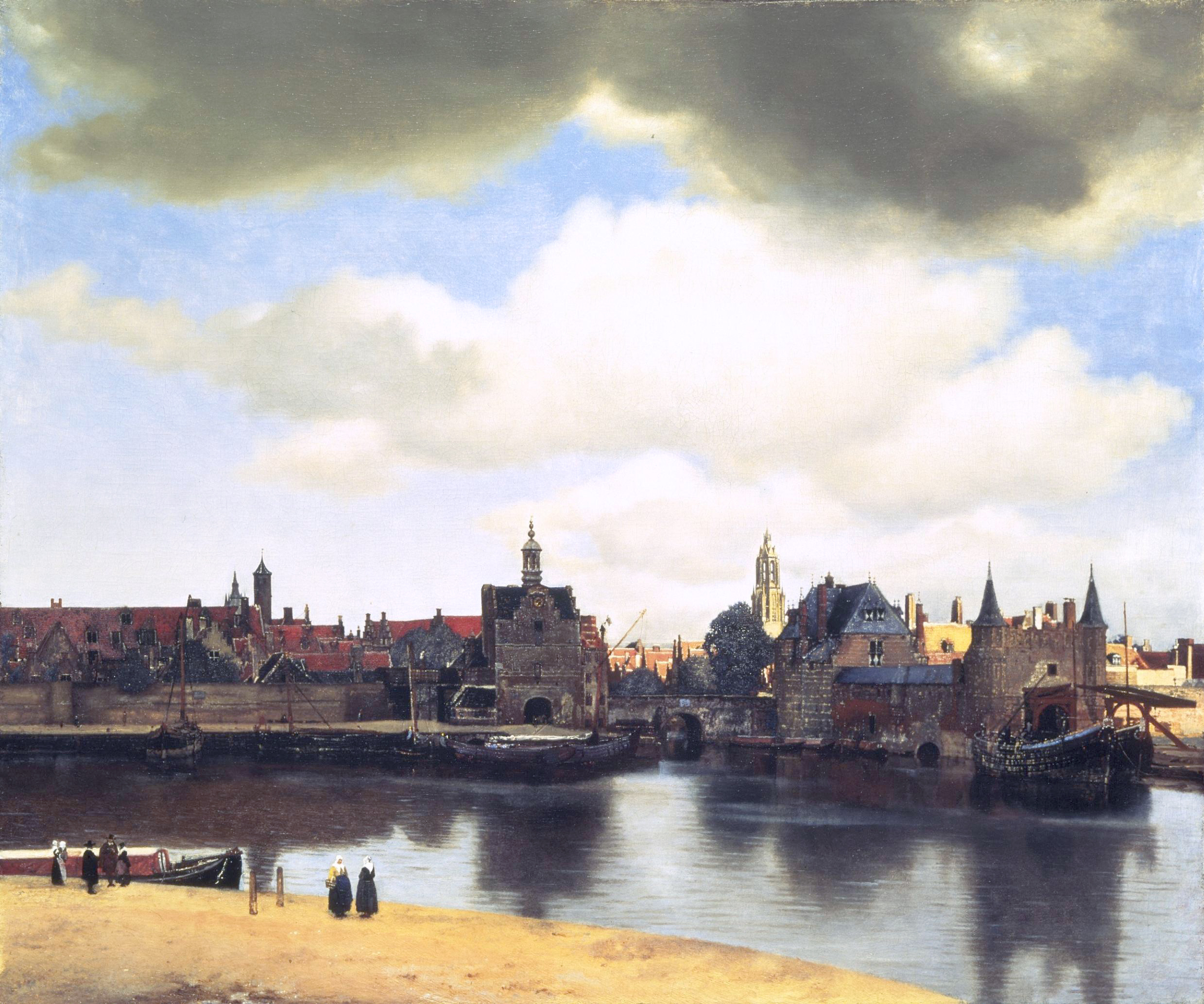LIKE ALL OTHER ASPECTS OF HUMAN EXPERIENCE, our distinctively American ideology of space has a history, and I propose to sketch something of its origin, its later development, and its presently visible consequences. I call my subject the ideology of “space” rather than “landscape” because space is an essential component of both architecture and landscape. Architecture and landscape architecture are two of the chief forms in which we shape and experience the spaces we inhabit. The term space also may remind us initially that a landscape is a physical entity whose meaning and value we construct and for which we have a variety of other names: land, topography, terrain, territory, environment, cityscape, country-side, scenery, place. One could go on, but all of these may be thought of as forms of space-geographical space. Indeed, the initial European conceptions of North America-the blank white areas often labeled terra incognita on early maps–had more in common with our shared idea of space (an empty three-dimensional field) than with the received idea of landscape (a pretty stretch of natural scenery).
The distinction points to another attraction of the word space: its relative neutrality. It does not carry the inescapably pictorial sense of place that the word landscape has carried since it First came into the English language in the early seventeenth century. (The word evidently was borrowed from the Dutch landskip, which closely associated it with the emergence of landscape painting as an independent genre.) This pictorial idea of space was reinforced by eighteenth-century devotees of natural scenery, who developed elaborate theoretical distinctions among beautiful, sublime, and picturesque landscapes and representations there of by that time, landscape had become the essentially aesthetic concept it still is. Space, on the other hand, invites consideration of the actual state of the nation’s terrain. The term may help to remind us of the differences among (1) ideas and images of topography, or its subjective existence; (2) the relatively small sector of the national terrain that might be called the designed landscape, consisting of deliberately planned gardens, parks, nature reserves, housing developments, and suburbs; and (3) the rest of the national terrain, most of which consists of a “built environment” shaped by the countless uncoordinated decisions of govermnental bodies, firms, and individuals, and by the operation of various markets, especially that of real estate. I particularly want to emphasize the contrast between the small sector of the terrain shaped by the design professions -architecture, urban planning, and landscape architecture- and the rest of the national terrain, an immense unplanned area where the consequences of the prevailing American ideology of space are massively exhibited. This area is shaped by the decisions -in large measure market-driven-of countless real-estate investors, speculators, and developers.
Leo Marx, The American Ideology of Space (1994)
Avery Lawrence, Mowing-the-Lawn (2013)






























































